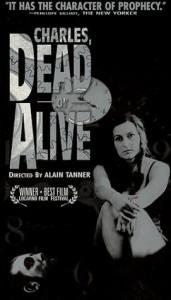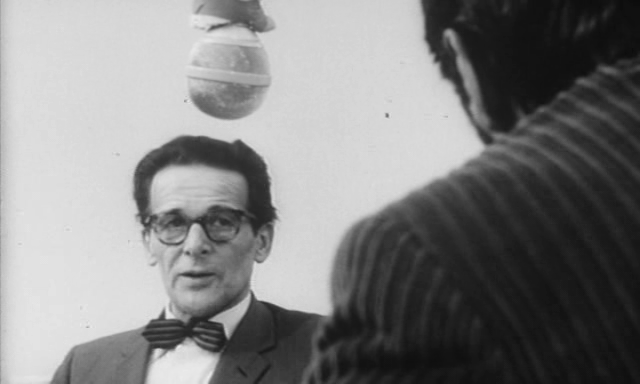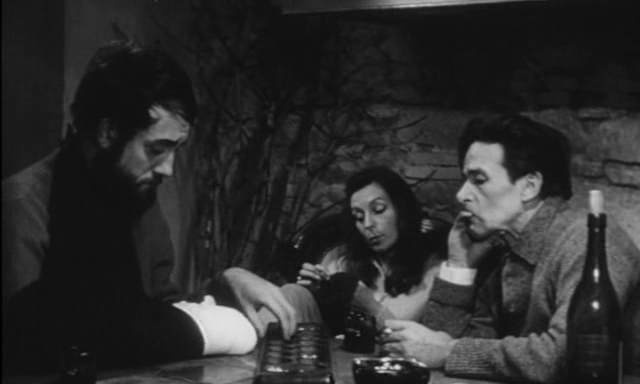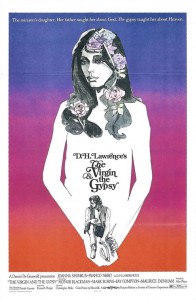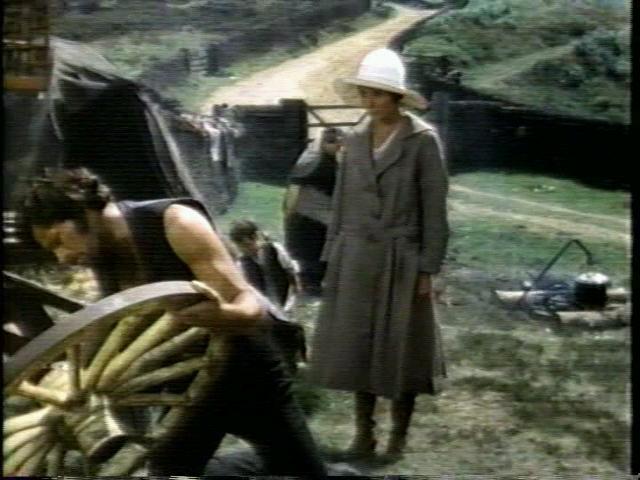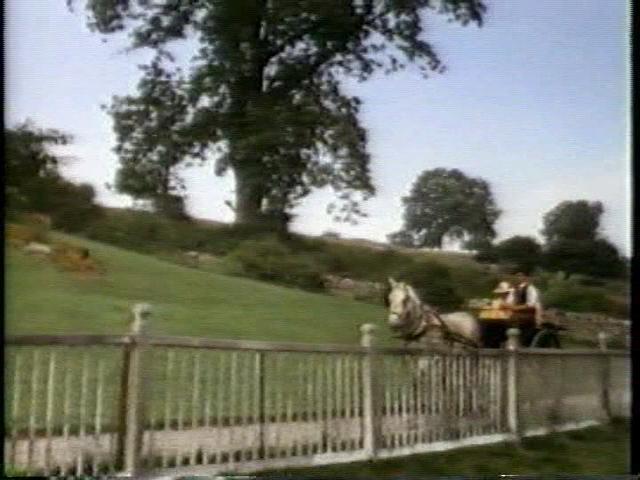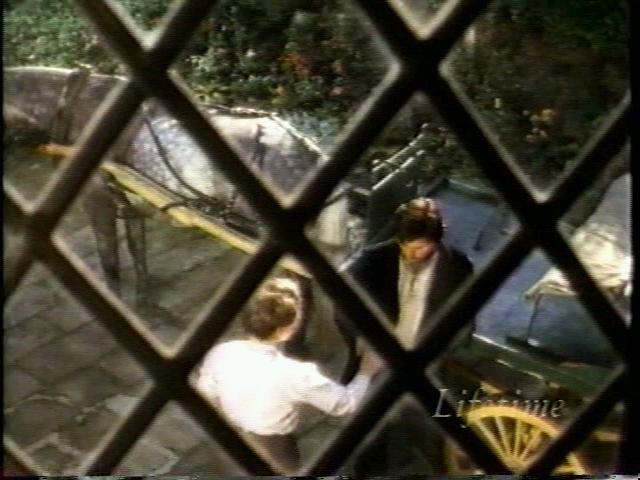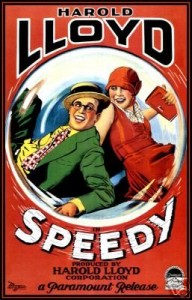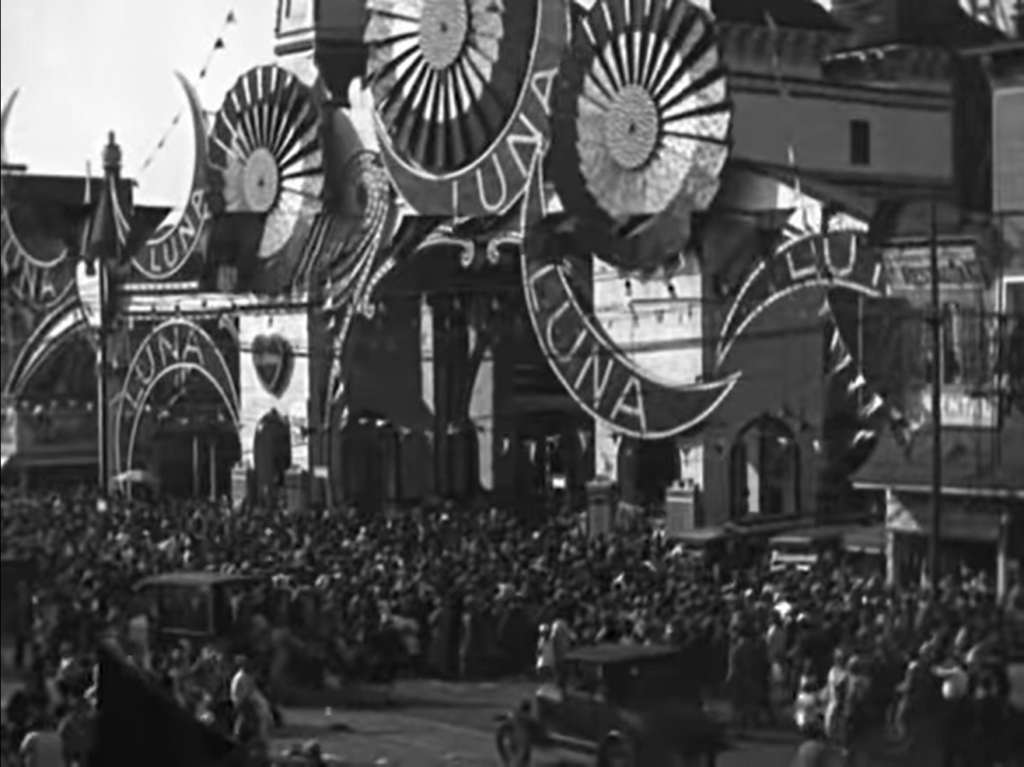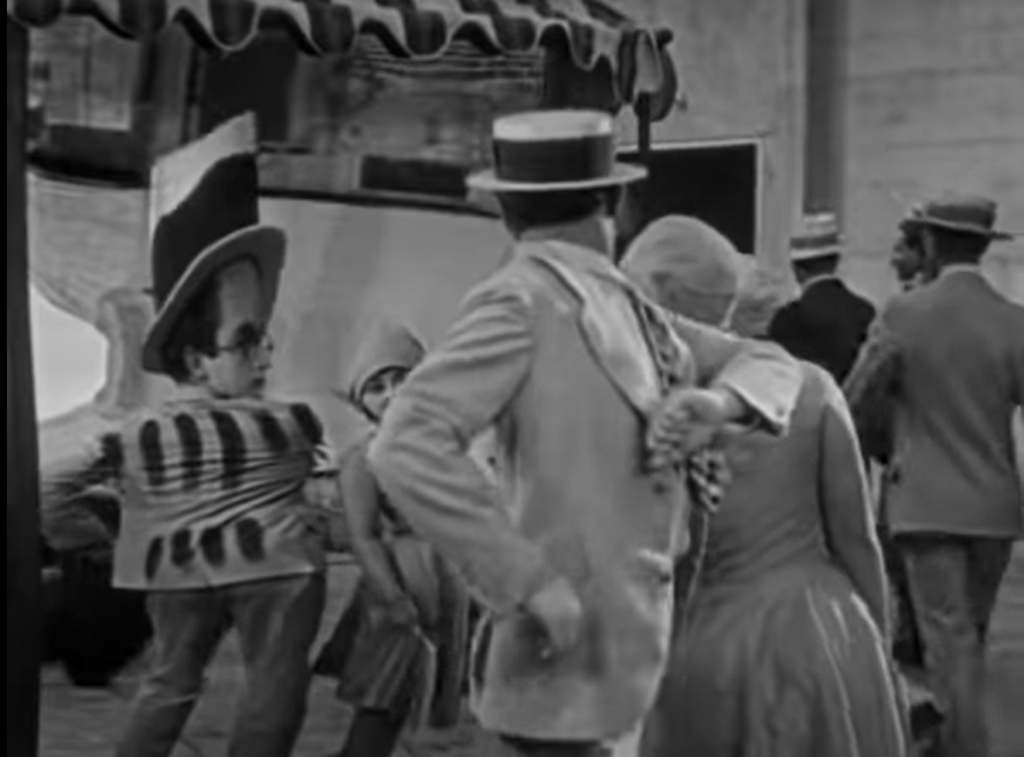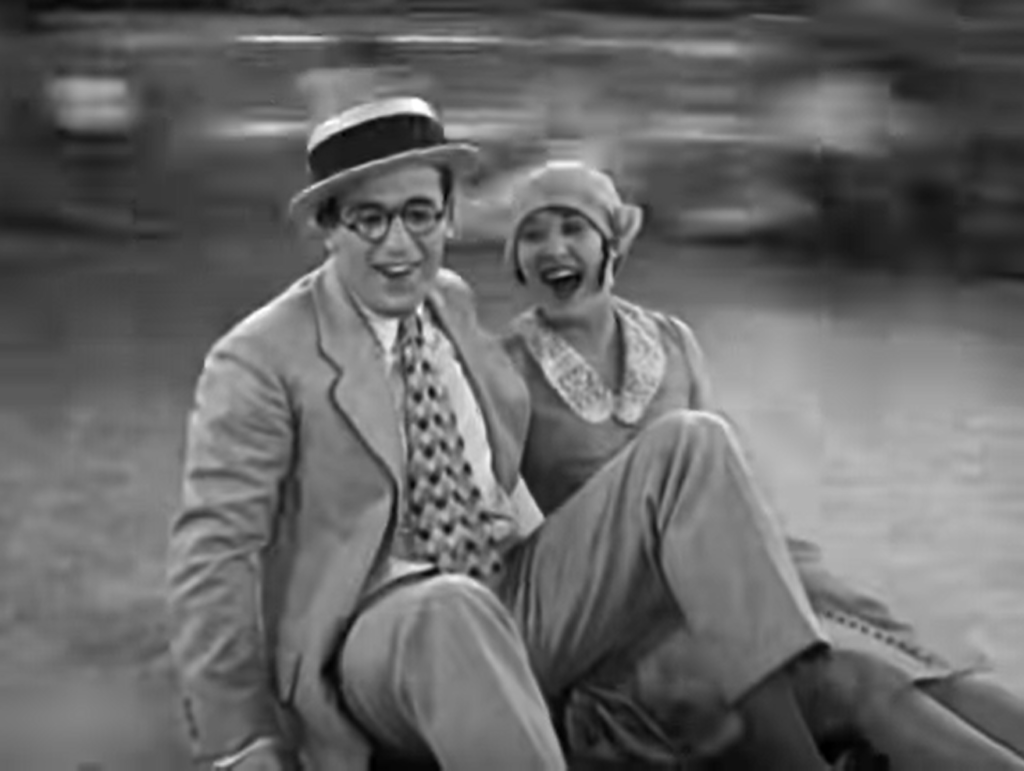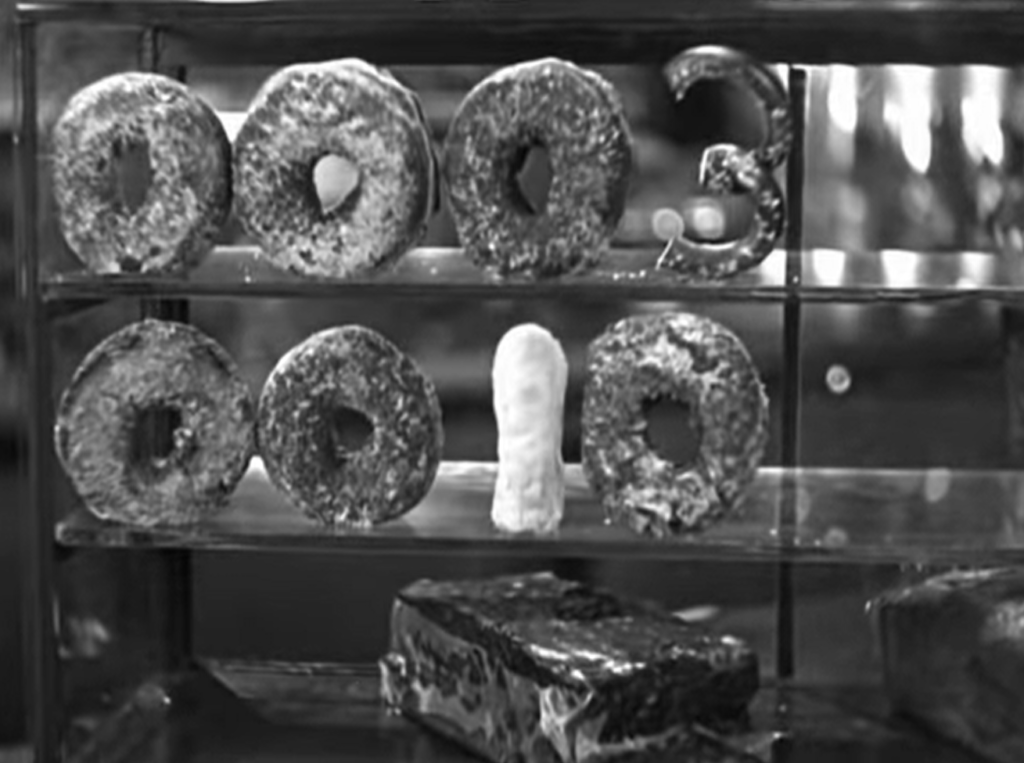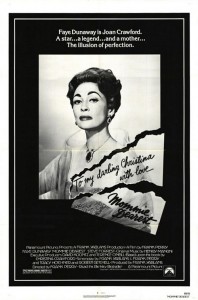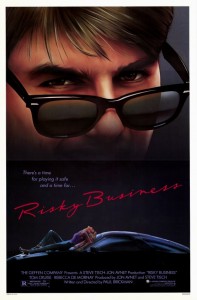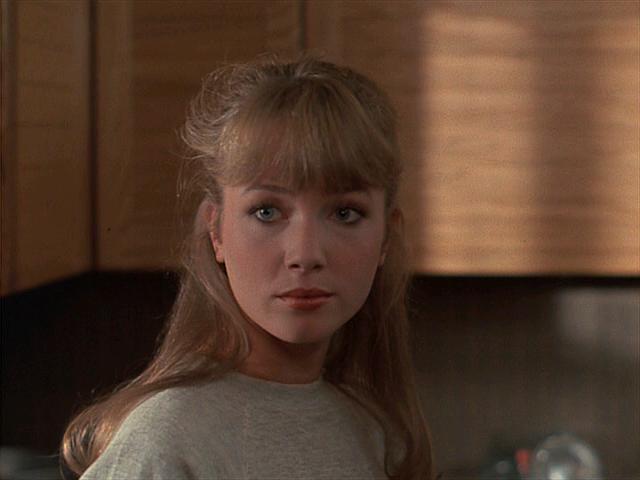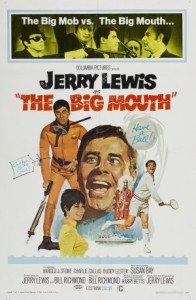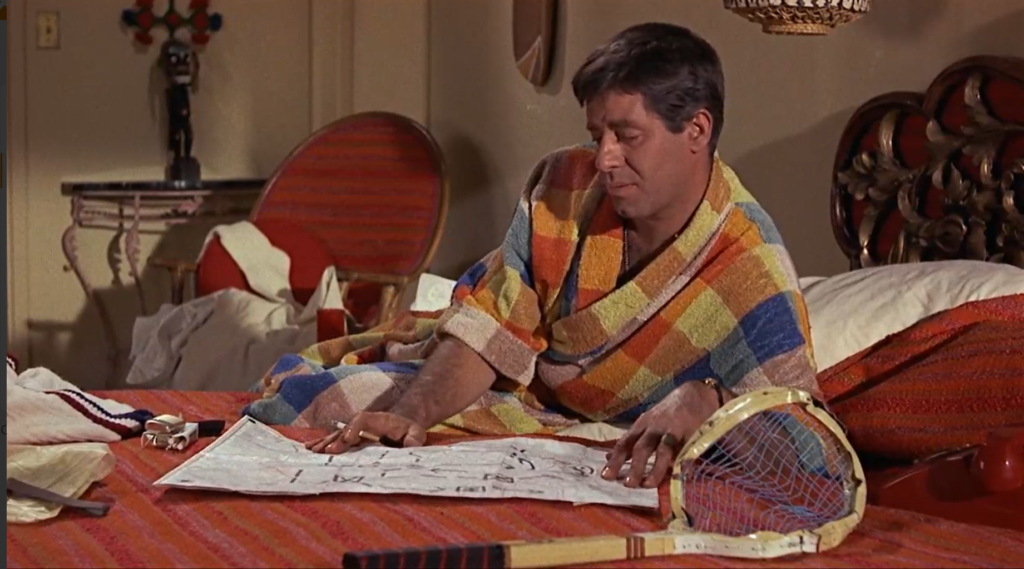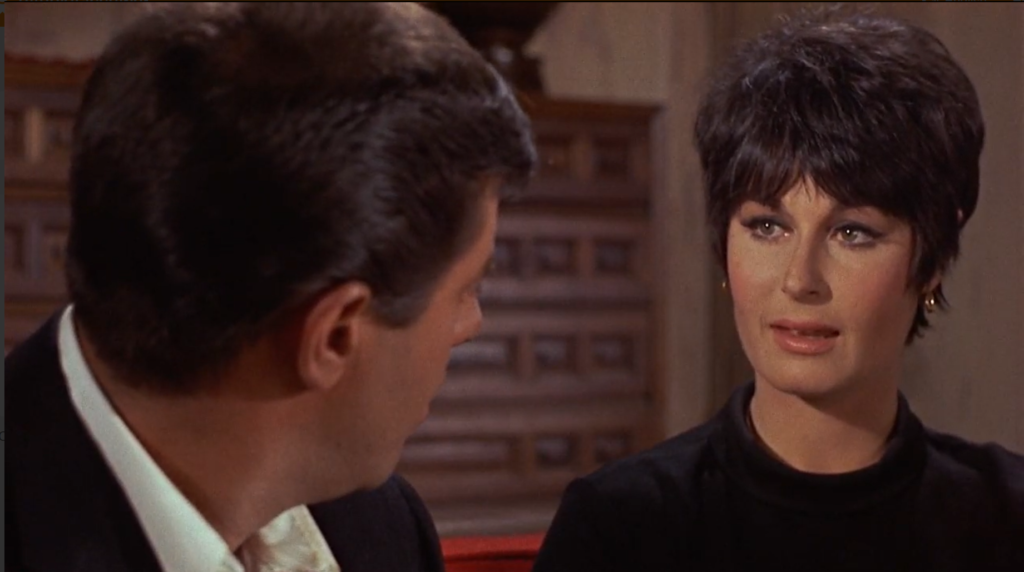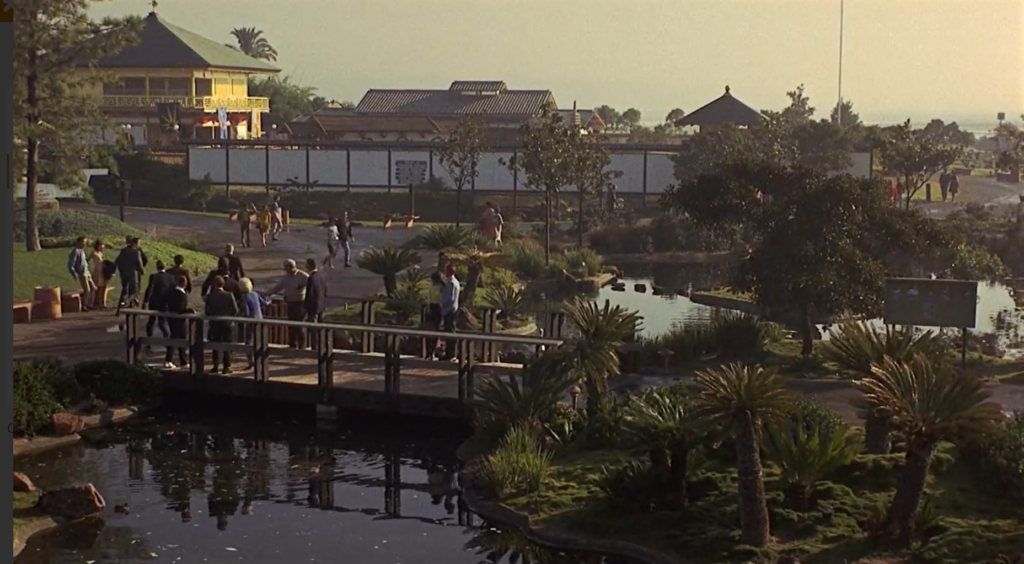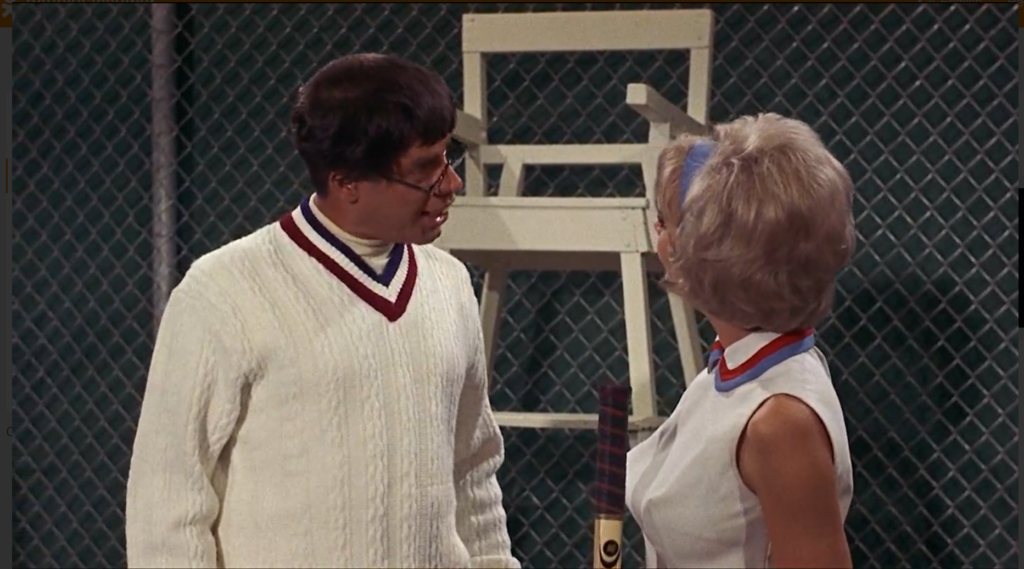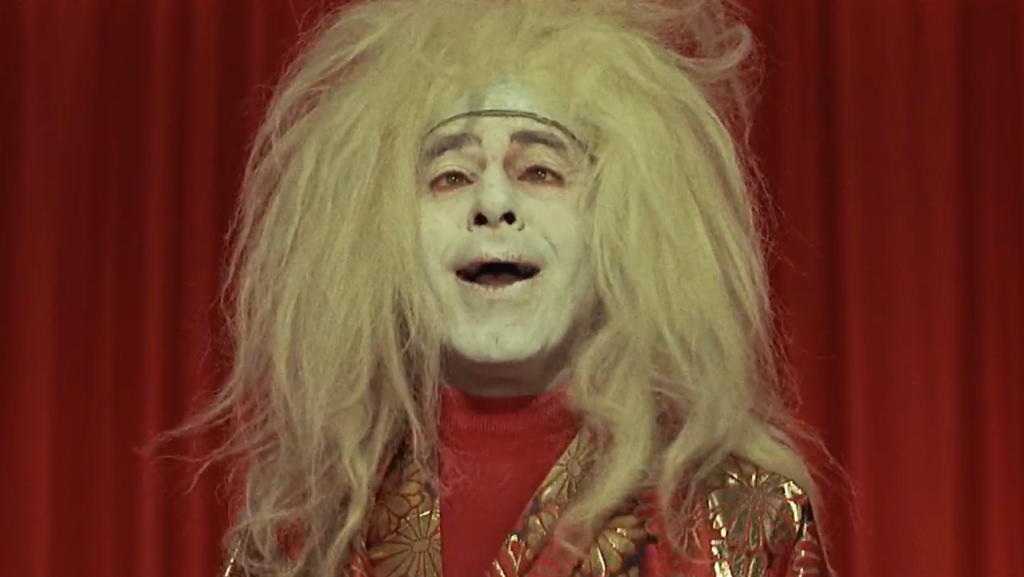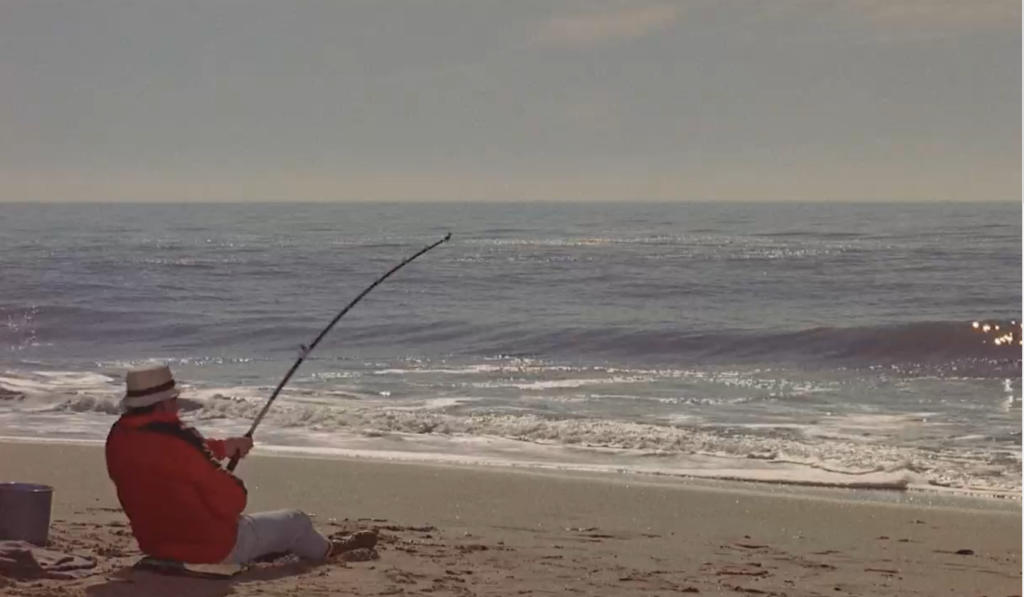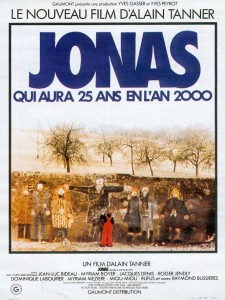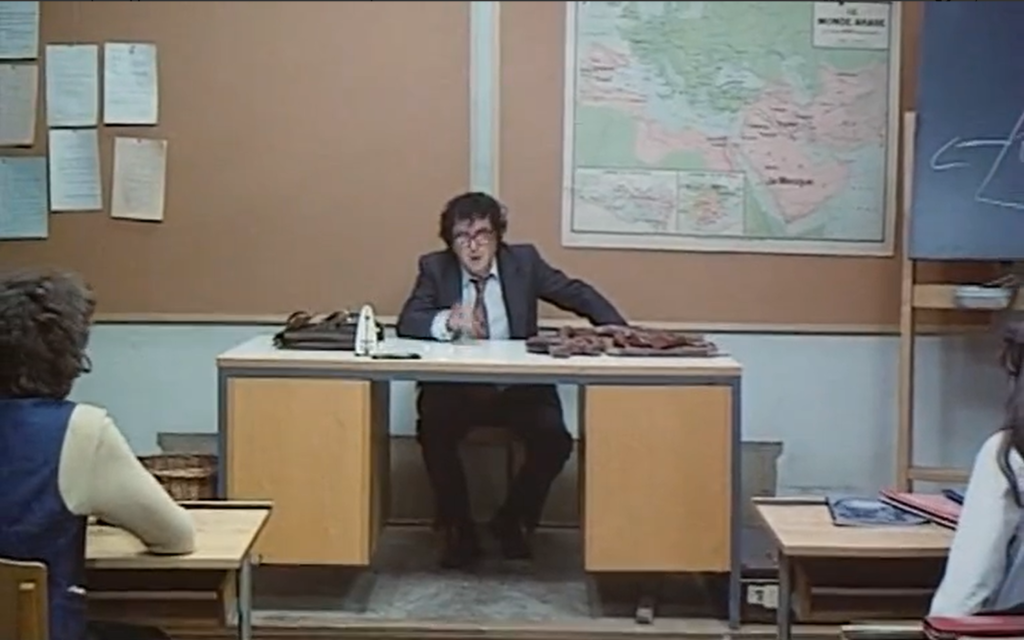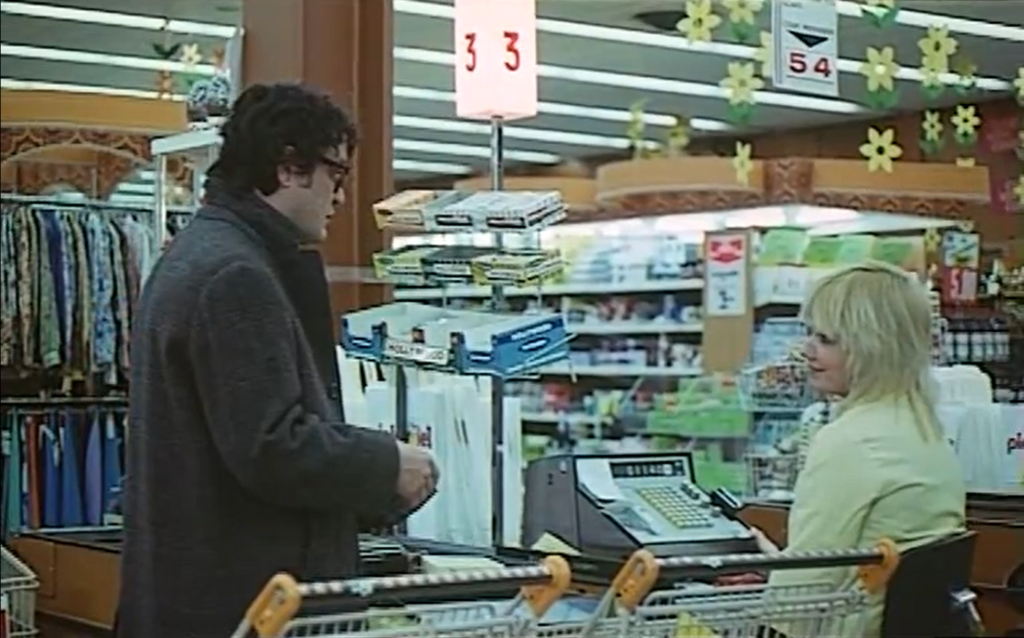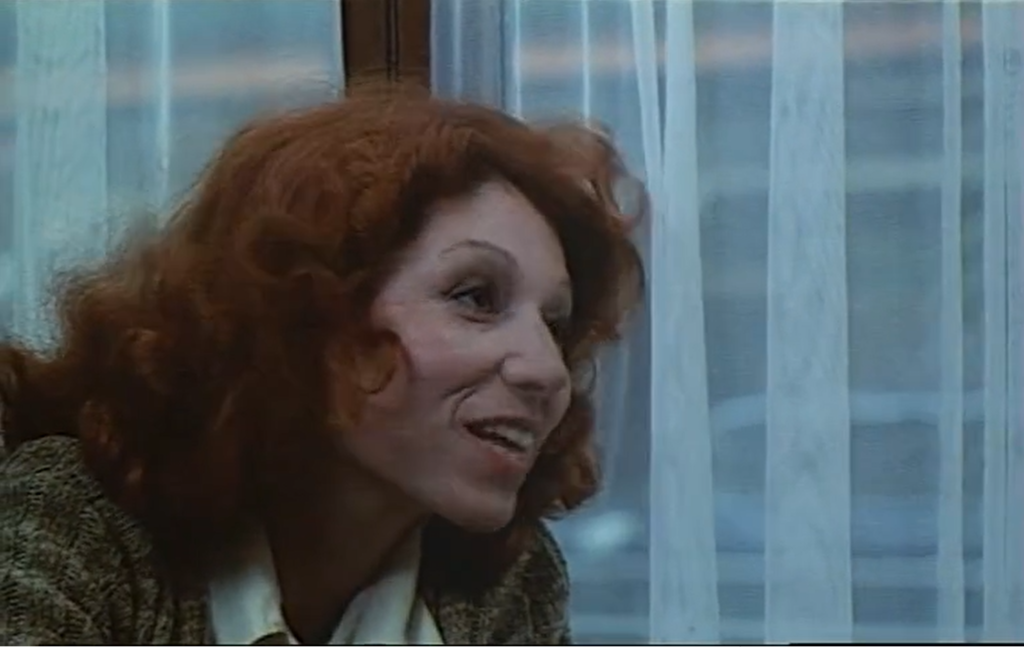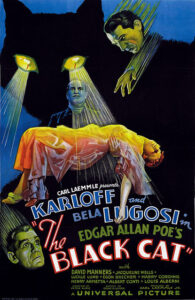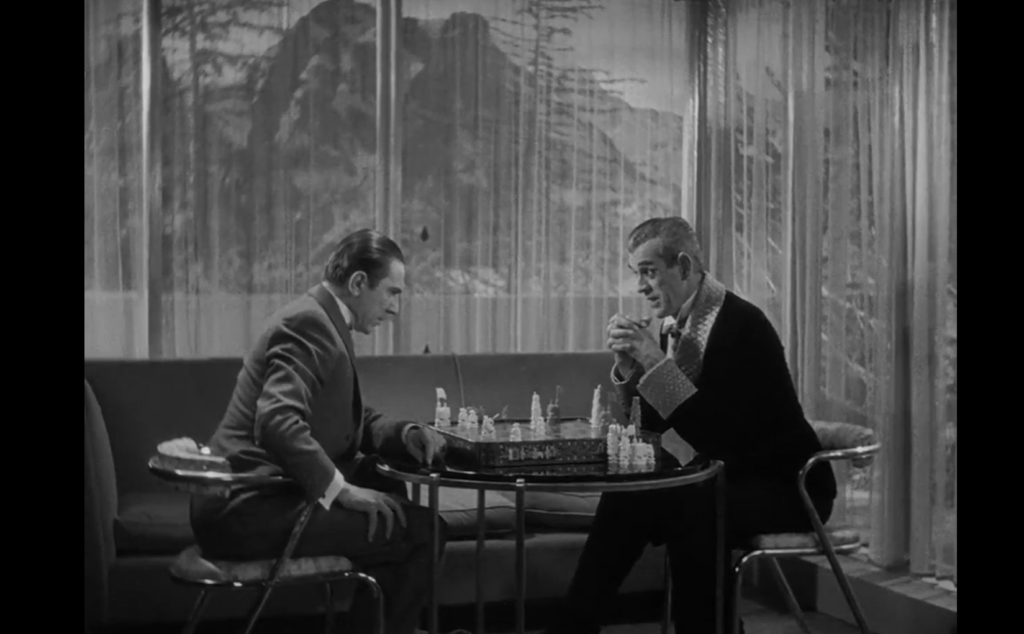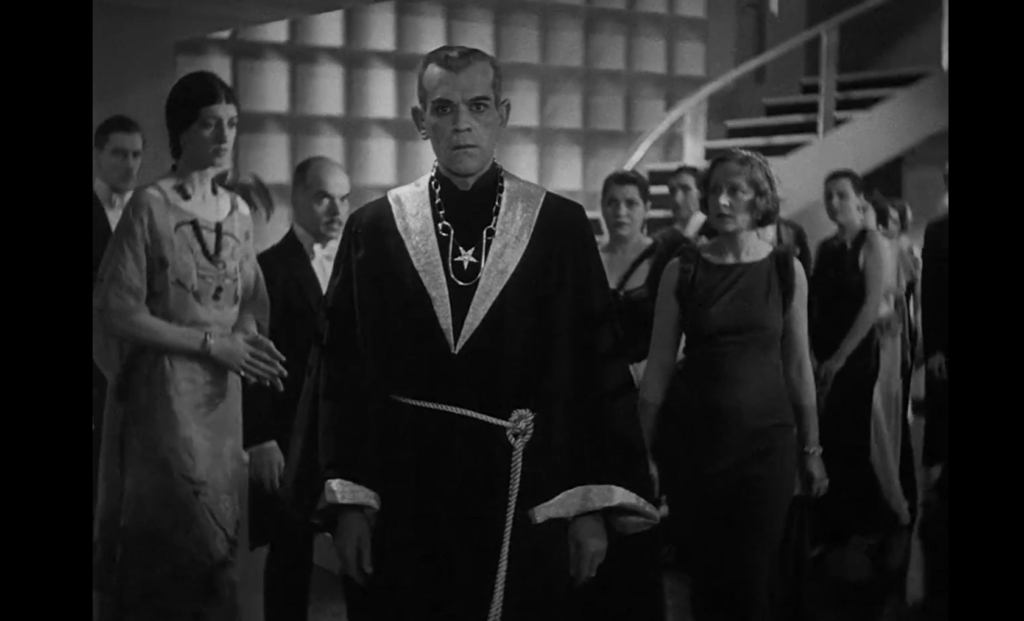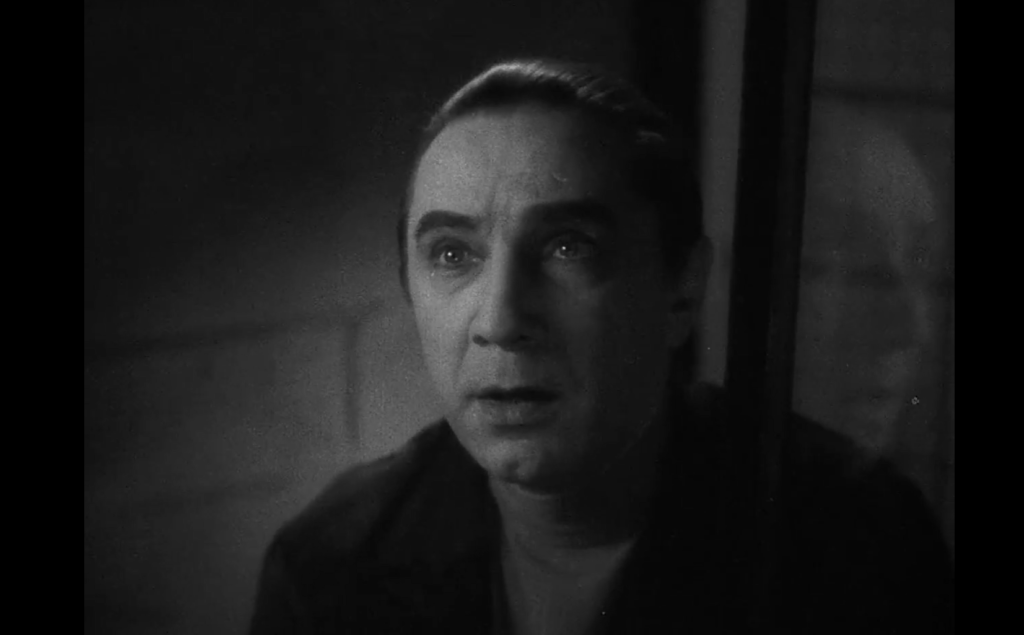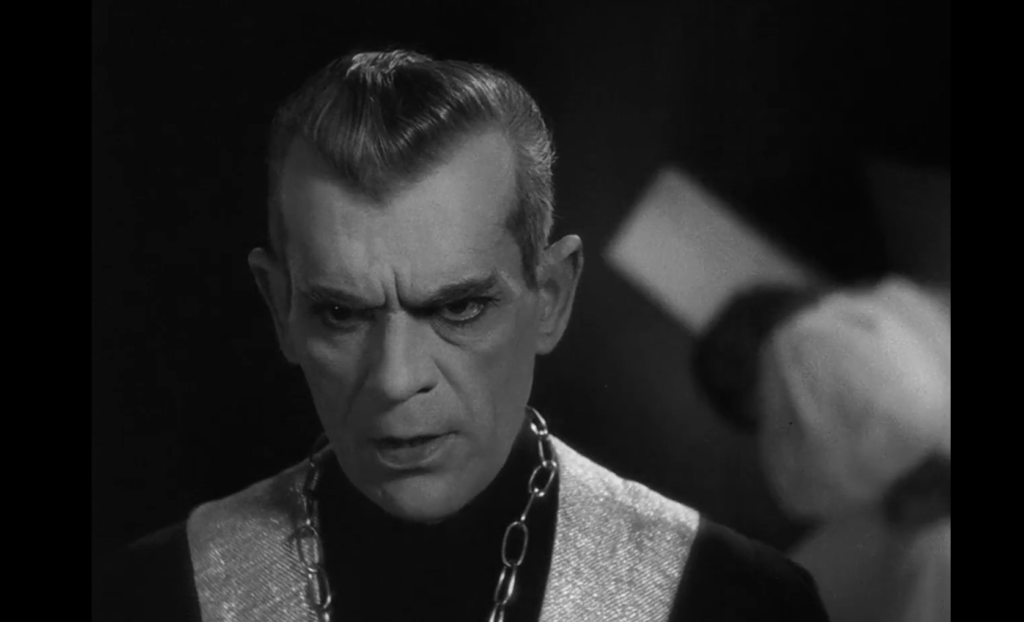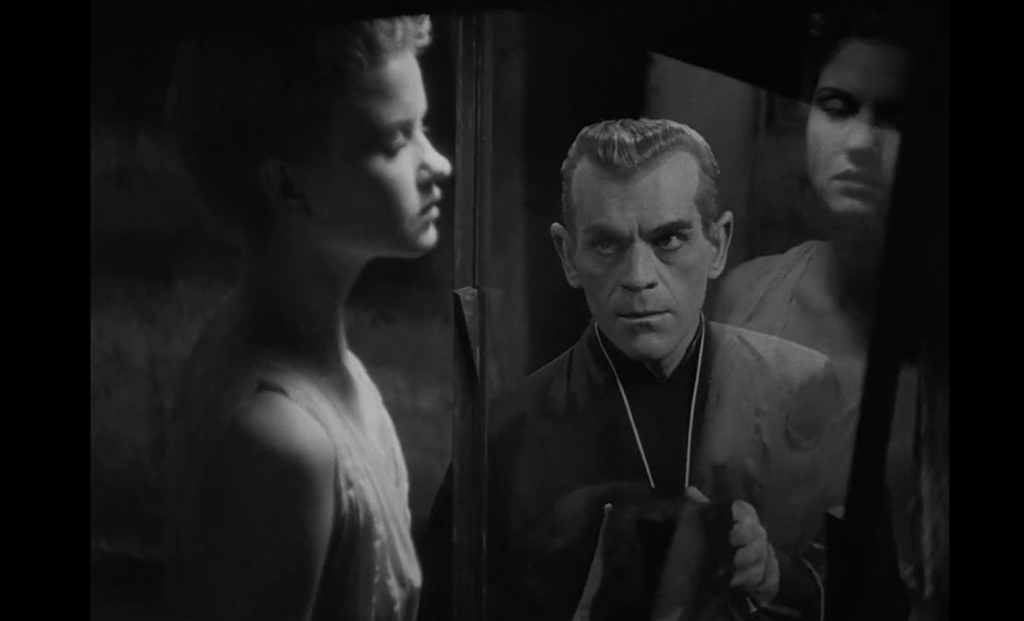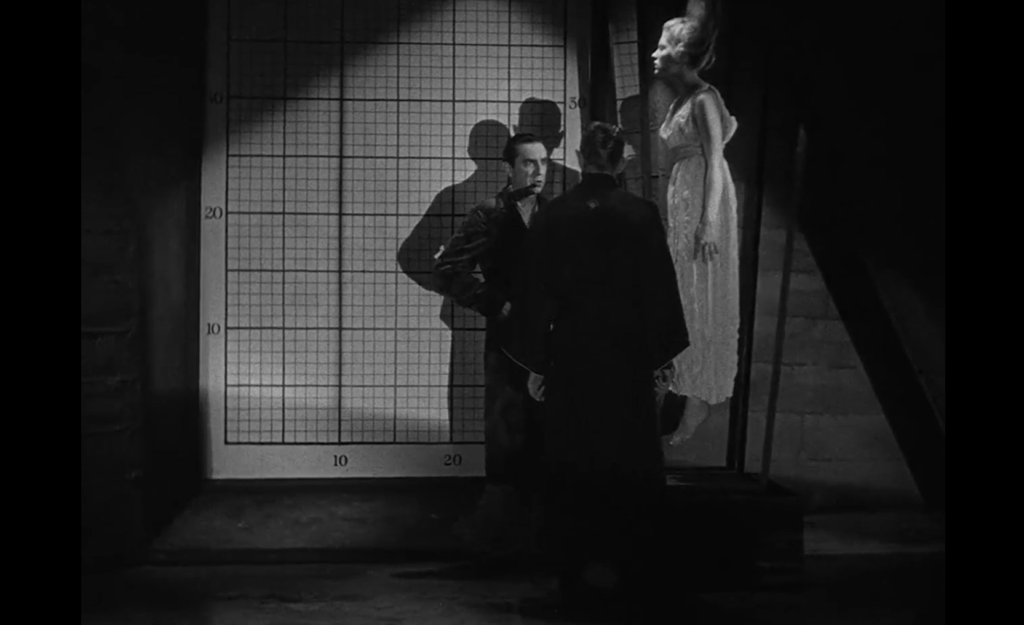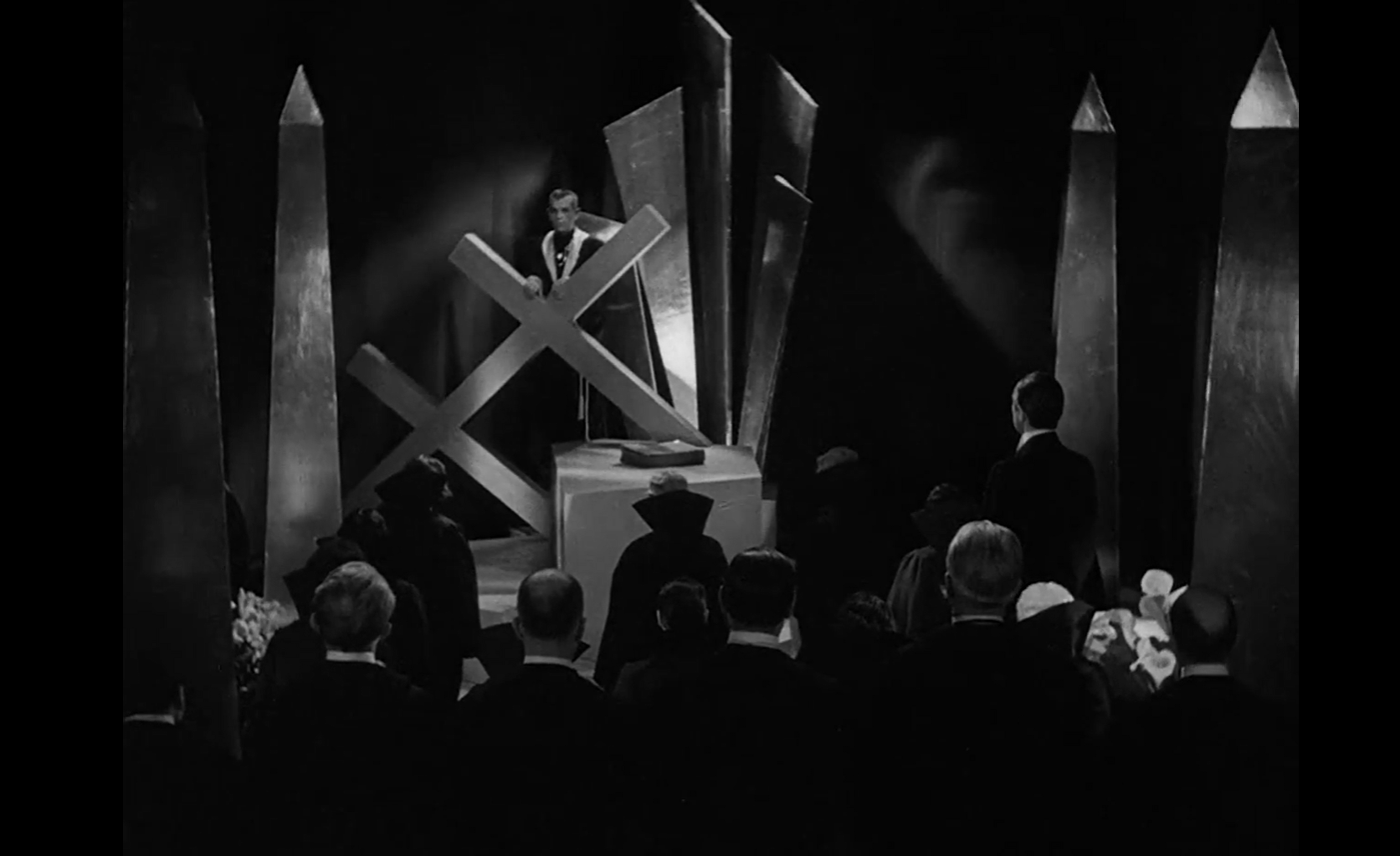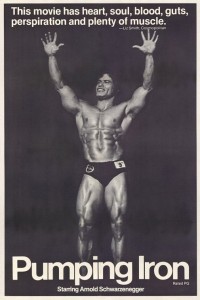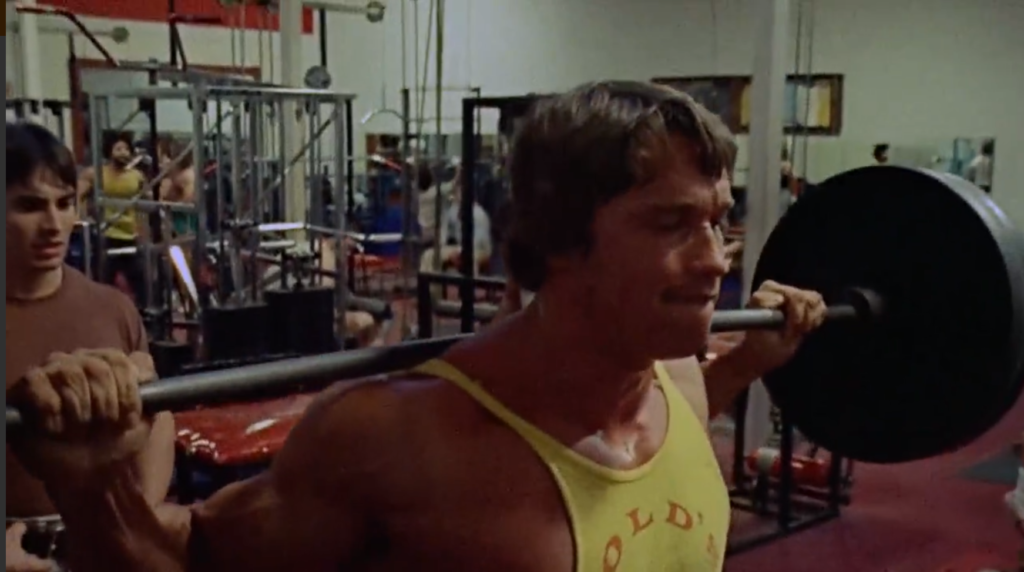|
Genres, Themes, Actors, and Directors:
- Actors and Actresses
- Biopics
- Child Abuse
- Evil Mothers
- Faye Dunaway Films
- Frank Perry Films
- Hollywood
Response to Peary’s Review:
Peary’s response to this cinematic adaptation of Christina Crawford’s best-selling autobiography is similar to that of most critics at the time (Roger Ebert, for instance, gave it one star out of four; see link below). Peary calls it “ludicrous”, “mediocre”, and “trivial”, and lambastes it for both fabricating “nearly every event that takes place,” and eliminating “real people” in place of composites. He complains that Dunaway is simply playing “the Crawford who is [already] familiar to viewers — the Crawford of the movies, newsreels, and personal appearances”, rather than “the Crawford of Christina’s book”, simply so that the “sheepish” filmmakers could try to “dodge negative backlash” from her fans.
I’ll admit that my initial response to Mommie Dearest was the same as Peary’s. I watched it immediately after reading Crawford’s book, and was upset by how egregiously the filmmakers had mangled Christina’s story of her abusive childhood. Watching it again years later, however, I can appreciate Mommie Dearest for what it unintentionally turned out to be: a film so clumsily made — and so far removed from its source material — that it’s actually entertaining. Indeed, it is precisely the film’s “staggeringly bad scenes and campy dialogue” which have contributed to its cult over the years, allowing those who “laugh at its overall ineptitude” (click here for a long list of goofs) to have a grand old time.
Plus, despite its obvious flaws, the film contains many moments of genuine insight into Crawford’s character. When Dunaway holds her infant daughter in her arms for the first time, and is reminded by her boyfriend (Steve Forrest) that Christina is both a “very lucky” and a “very expensive” baby, we are reminded that Crawford ultimately bought her children rather than adopted them. When Dunaway reacts with thinly-veiled jealousy as reporters seem more interested in filming her daughter than her during Christina’s birthday party, we really “get” how difficult it was for Crawford to share the limelight, even with her own kids. And when Dunaway expresses her heartfelt gratitude to the crowd of fans standing outside her house after she won an Oscar for her performance in Mildred Pierce (1945), we learn why her following was so enormous — and so loyal — for so many years.
Most impressive of all, however, is the powerhouse performance by Faye Dunaway, who, though “she overacts at times,” makes “a gallant effort playing Crawford not as a villain, but as a ‘warrior’.” Indeed, it’s absolutely fascinating to gain an inside glimpse at this rags-to-riches actress, someone who took her status as a beloved Hollywood star so seriously that she was willing to work as hard as it took to maintain it. Though Peary argues that “Dunaway’s Crawford comes across as no less sympathetic” than her daughter, I disagree: when watching Crawford obsessively scrubbing her own floor, jogging to stay in shape, and getting up at the crack of dawn to arrive at the studio on time, we understand that this was a driven woman who, quite simply, didn’t have a clue about how to be an effective mother.
Redeeming Qualities and Moments:
- Faye Dunaway’s powerhouse portrayal as Hollywood icon Joan Crawford
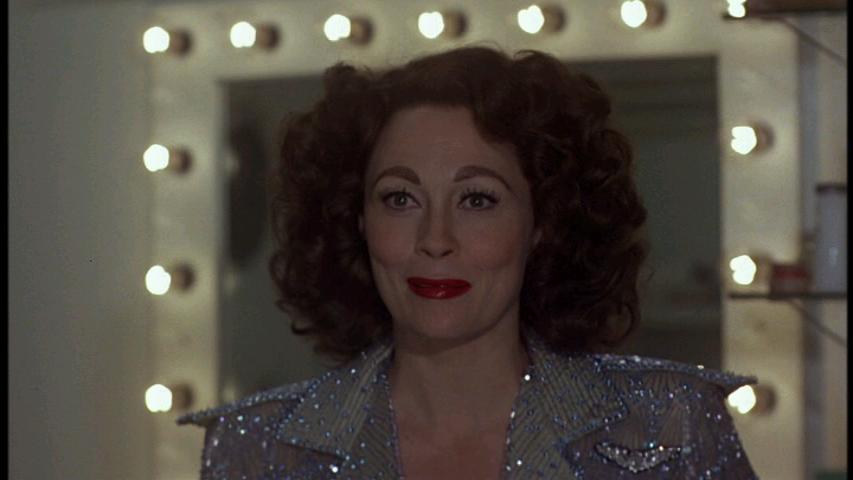
- Mara Hobel’s impressive performance as young Christina
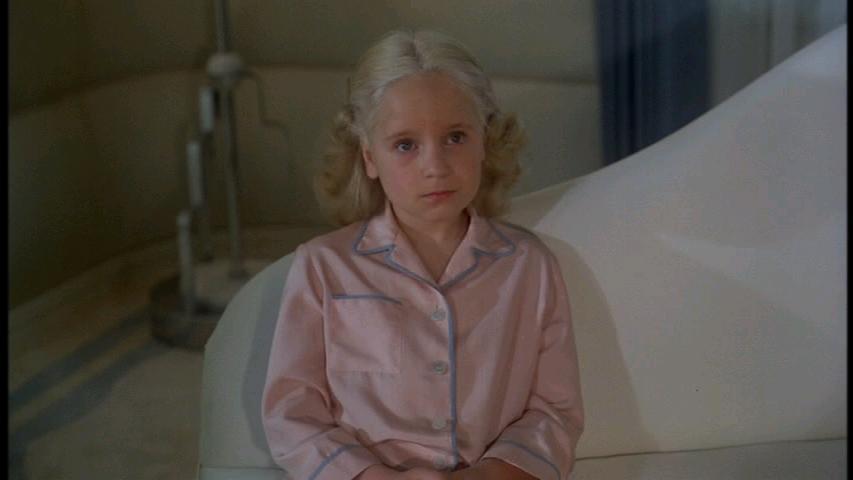
- Appropriately baroque set designs and costumes
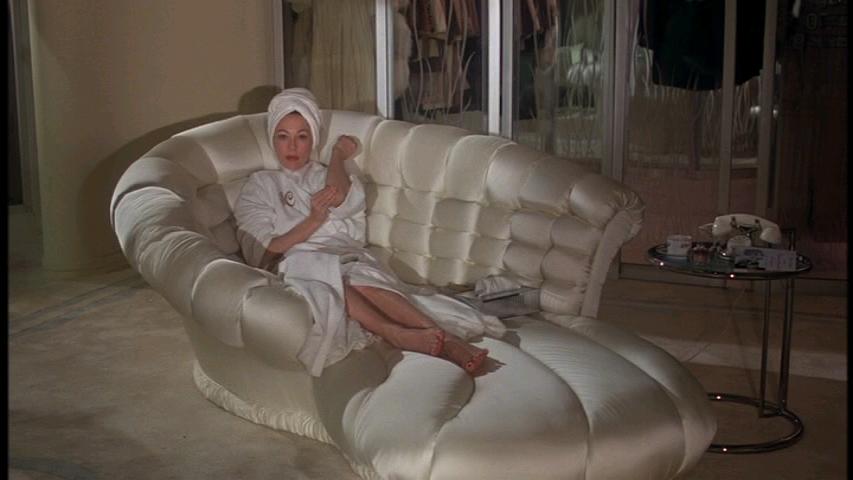
- Countless memorable lines by Joan:
“I’m not mad at you; I’m mad at the dirt.”
“I can handle the socks.”
“Don’t fuck with me, fellas. This ain’t my first time at the rodeo!”
“Tear down that bitch of a bearing wall and put a window where it ought to be!”
“Tina! Bring me the axe!”
And, of course:
“No– wire– hangers!”

Must See?
Yes. This notoriously “bad” movie has become a true camp classic, and should be seen at least once by every film fanatic. Discussed at length in Peary’s Cult Movies 2 (1983).
Categories
- Cult Movie
- Noteworthy Performance(s)
Links:
|
